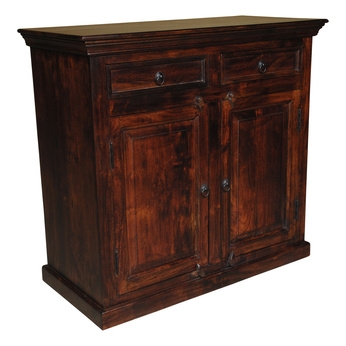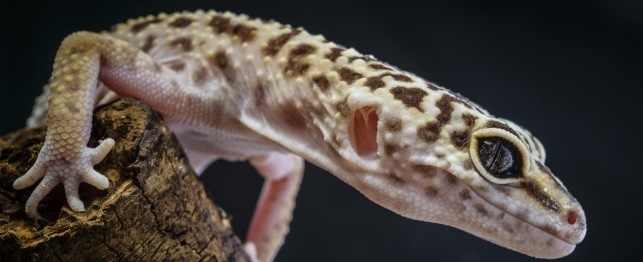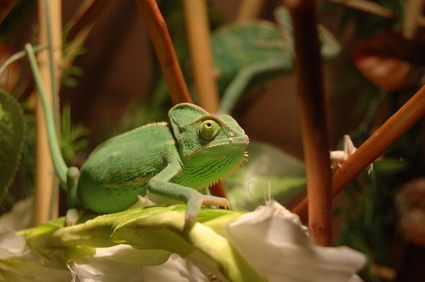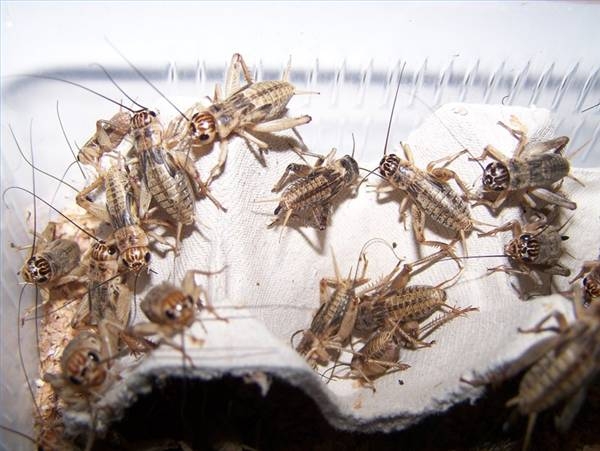
1. How big do bearded dragons get?
The most common of the lizard bred in captivity is the Pogona Vitticeps or the Central Bearded Dragon. These dragons grow very large, up to 2 feet when fully grown up.
2. How many types of bearded dragons are there?
There are eight species of lizard in the genus of pogona, all native to Australia. They can be found in various parts of the continent. The most common type that is kept as pets is the Central bearded dragon. Other breeds not as common or very difficult to breed are the Lawson’s Dragon, Eastern Dragon, the Small-Scaled Dragon, the Western Dragon, the Dwarf Dragon, the Nullabor Dragon and Mitchell’s Bearded Dragon.
3. How can I know if the bearded dragon is a pet for me?
Before you obtain your pet you must be prepared to commit yourself to care for and take responsibility in providing for its daily requirements. These reptiles can live up to 10 years and you will have to take care of feeding, cleaning and maintaining the tank for them to have a healthy life.
4. Where can I obtain a pet dragon?
Pet lizards can be bought from pet shops, breeders and reptile expos. Almost all of these reptiles are bred in captivity which is an advantage because it will have a similar environment and more chances of survival.
5. How can I know the dragon I am buying is healthy?
If you are a beginner you should obtain a strong and healthy dragon for easy caring. Some of the visible signs you should be aware of are:
• Movement, agility and alertness
• No broken limbs or tails
• Good body structure and not too skinny
• Clear, bright and clean open eyes
• Head held up with body raised
6. How can I know if my pet beardie is sick?
If your dragon has stopped eating, not moving about or there is mucus and other substance oozing from its mouth then your dragon must be sick and should be taken care of. Check its fecal matter for any signs of blood and it should not be too smelly. A visit to the vet is the best approach if you are not absolutely sure of the above mentioned symptoms.
7. Is my dragon safe outdoors?
Enclosures can be set up outdoors provided the cage is secure from predators and you reside in a warm climate area. The average temperature should be 70 to 80 degrees F and if your dragons get at least half an hour of natural sunlight than UV lamps are not required.
8. What is the best enclosure for bearded dragons?
There are many options available in the pet shop or from tank manufacturers. The ideal set up would be a glass aquarium type tank with a mesh screen top cover. These are easy to clean and readily available. More sophisticated terrariums with all light and heater built-ins are available but expensive for a beginner.
9. What do bearded dragons eat?
The dragons are omnivorous and eat a wide variety of vegetables, fruits, mice, crickets, worms and insects.
Knowledge about your pets can help you to take proper care for them and avoid many mistakes hobbyists make when acquiring a pet lizard.
 Choosing a Yellow Rat Snake
Choosing a Yellow Rat Snake
Choosing a Yellow Rat Snake
Choosing a Yellow Rat Snake
 How to Convert a Dresser to a Vivarium
How to Convert a Dresser to a Vivarium
How to Convert a Dresser to a Vivarium
How to Convert a Dresser to a Vivarium
 Choosing a Leopard Gecko
Choosing a Leopard Gecko
Choosing a Leopard Gecko
Choosing a Leopard Gecko
 DIY: Reptile Misting
DIY: Reptile Misting
DIY: Reptile Mist
DIY: Reptile Misting
DIY: Reptile Misting
DIY: Reptile Mist
 How to Care for Live Crickets for Reptiles
How to Care for Live Crickets for Reptiles
How to Care for Live Crickets for Reptiles
How to Care for Live Crickets for Reptiles
Copyright © 2005-2016 Pet Information All Rights Reserved
Contact us: www162date@outlook.com